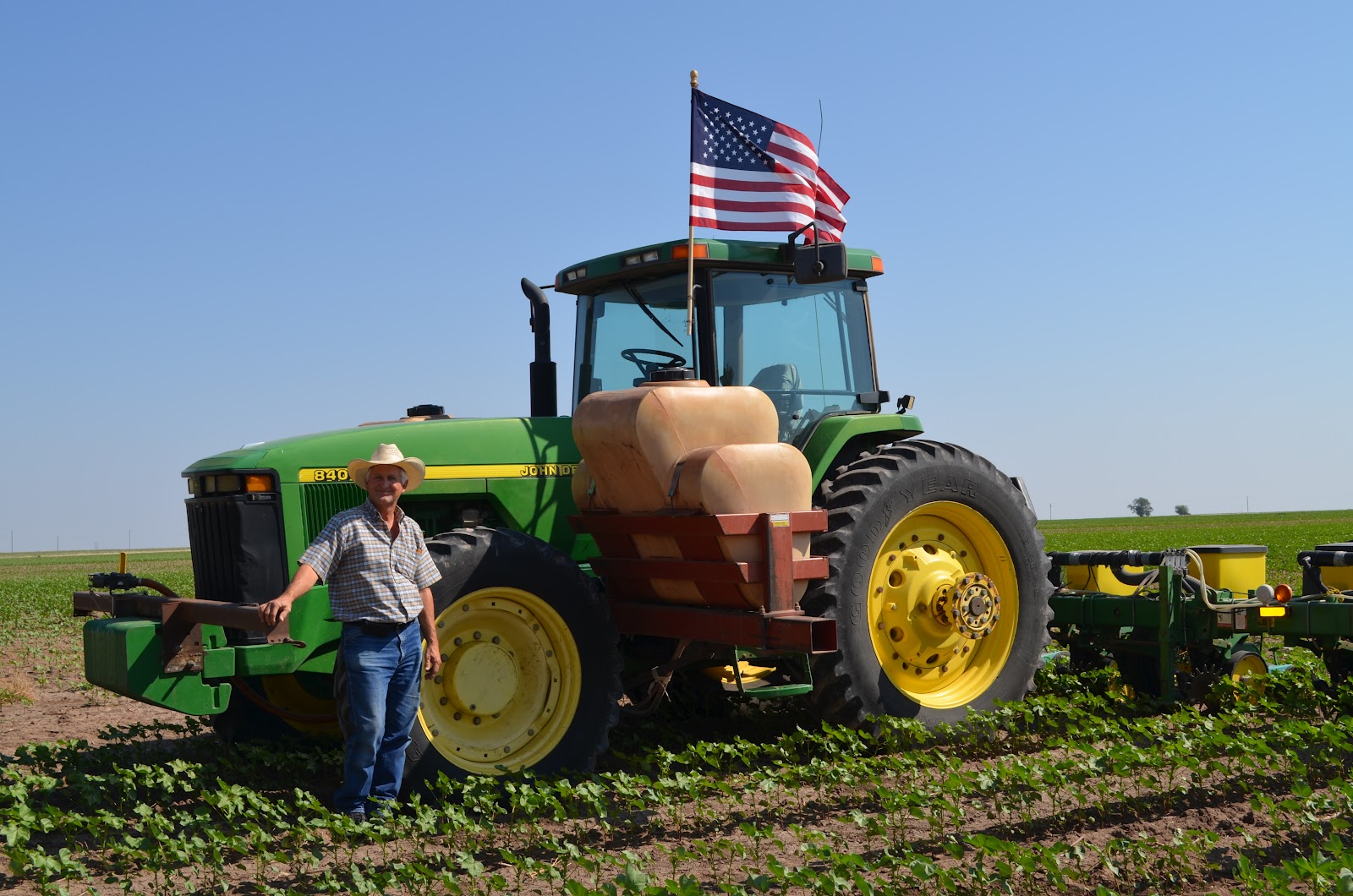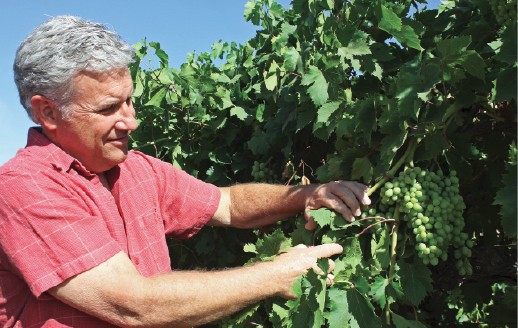Scholarship Committee Member Minami Honored for 22 Years of Service
Photo: Chairman Louis Pandol (right) congratulates Dr. Dwight Minami (left) after presenting him with a board resolution thanking him for his service.
Dr. Dwight Minami’s Service on the Nation’s First Worker-Focused Scholarship Program
FRESNO, CA – Dr. Dwight Minami was honored on July 17 for his service on the committee of the California Table Grape Workers Scholarship Program.
For more than 20 years, Dr. Minami volunteered his time and energy to help evaluate over 1,000 applications that led to the award of college scholarships to California table grape field workers and their children. During his tenure, 76 students were awarded scholarships to attend universities, junior colleges and trade schools to study subjects such as accounting, nursing, engineering, culinary arts, biology and business.
“Dr. Minami’s involvement has been instrumental to the long-term success of the nation’s first worker-focused scholarship program,” said Kathleen Nave, president of the California Table Grape Commission. “Using his expertise as a professor at California State University, Fresno and his knowledge of the valley and the agricultural industry, Dr. Minami’s valuable insight and conscientious review of each year’s applications helped ensure that talented, qualified candidates were selected to receive the grower-funded awards.”
The California Table Grape Workers Scholarship Program was established in 1985 and has since awarded over 100 scholarships to field workers and their children from the table grape growing regions in California. Dr. Minami served on the committee from 1993-2014.
“On behalf of the California table grape industry, a heartfelt thanks is extended to Dr. Dwight Minami for his hard work, commitment and dedicated service to higher education, the California table grape industry, and the state’s table grape workers and their families through the field worker scholarship program,” said Nave.



















